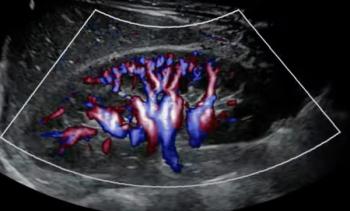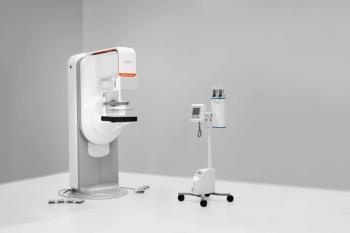
ASCO: What New Mammography Research Reveals About Allostatic Load and Breast Density in Minority Women
High allostatic load, which has been linked to an increased incidence of breast cancer and all-cause mortality, is more than twice as likely to occur in Black and Hispanic women in comparison to White women, according to mammography research presented at the American Society of Clinical Oncology (ASCO) conference.
Black and Hispanic women have a significantly increased likelihood of high allostatic load (AL) than White women, according to a new mammography study presented at the American Society of Clinical Oncology (ASCO) conference.
In a retrospective study involving 9,798 women (mean age of 57) with no personal history of breast cancer, researchers assessed screening mammography data with a convolutional neural network (CNN) model and calculated AL scores based upon cardiovascular, metabolic, renal, and immune system biometric data from EHRs. The study authors noted that high AL scores were scores above the median AL score of 3. Hispanic women comprised 36.1 percent of the cohort and 9.6 percent of the cohort were non-Hispanic Black women, according to the study.
In comparison to non-Hispanic White women, the researchers found that non-Hispanic Black women and Hispanic women were over 2.6 times more likely and over 2.1 times more likely, respectively, to have high AL, which has been linked to an increased incidence of breast cancer and all-cause mortality.
“In this cohort of diverse women undergoing screening mammography, we observed a significant association between high AL and older age and Black and Hispanic race/ethnicity,” noted lead study author Sara Wallam, M.D., who is affiliated with the Columbia University Irving Medical Center in New York, N.Y., and colleagues.
However, the study authors also noted that high AL scores occurred in women with lower breast density and had no correlation to CNN risk scoring.
“(Mammographic density) was inversely associated with high AL, likely due to higher BMI, and CNN risk score was not associated with AL,” pointed out Wallam and colleagues. “Future studies should evaluate the association between novel breast radiomic features and genetic and hormonal biomarkers of breast cancer risk.”
(Editor’s note: For related content, see “
Reference
1. Wallam S, Ro V, McGuinness J, Ha R, Crew K. Association between allostatic load and breast radiomic features among diverse women undergoing screening mammography. Presented at the American Society of Clinical Oncology (ASCO) conference, May 30-June 3, Chicago. Available at:
Newsletter
Stay at the forefront of radiology with the Diagnostic Imaging newsletter, delivering the latest news, clinical insights, and imaging advancements for today’s radiologists.




























